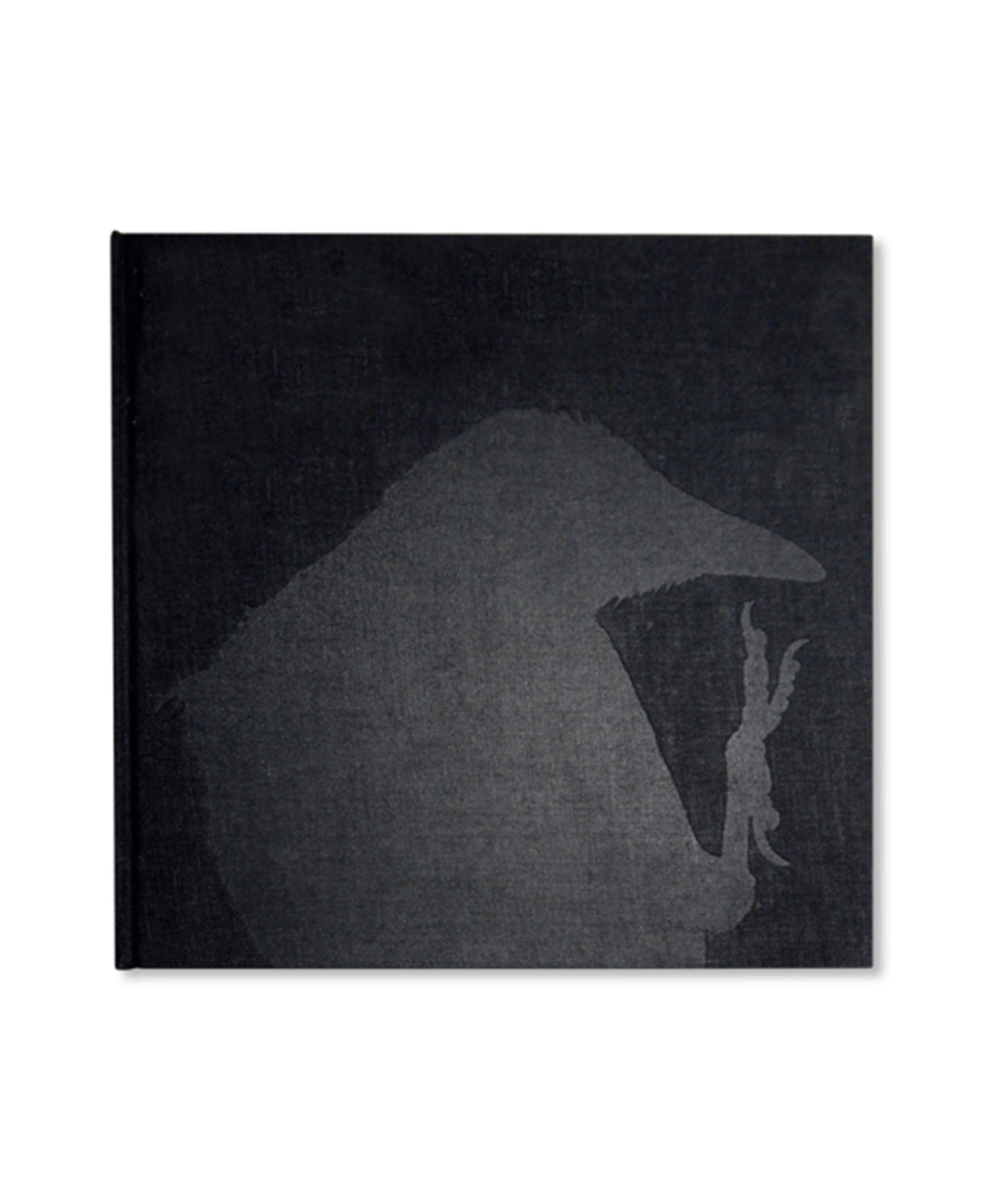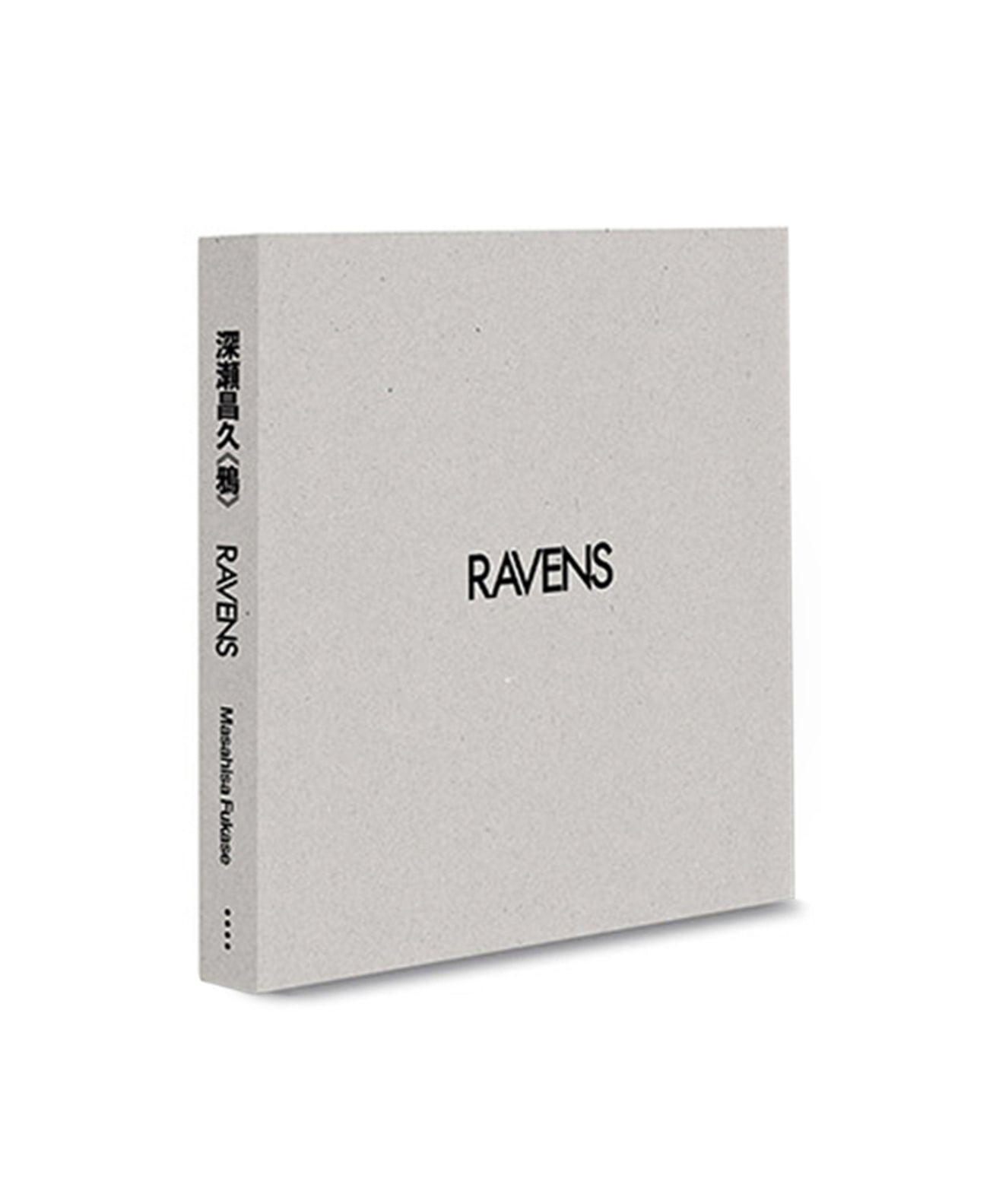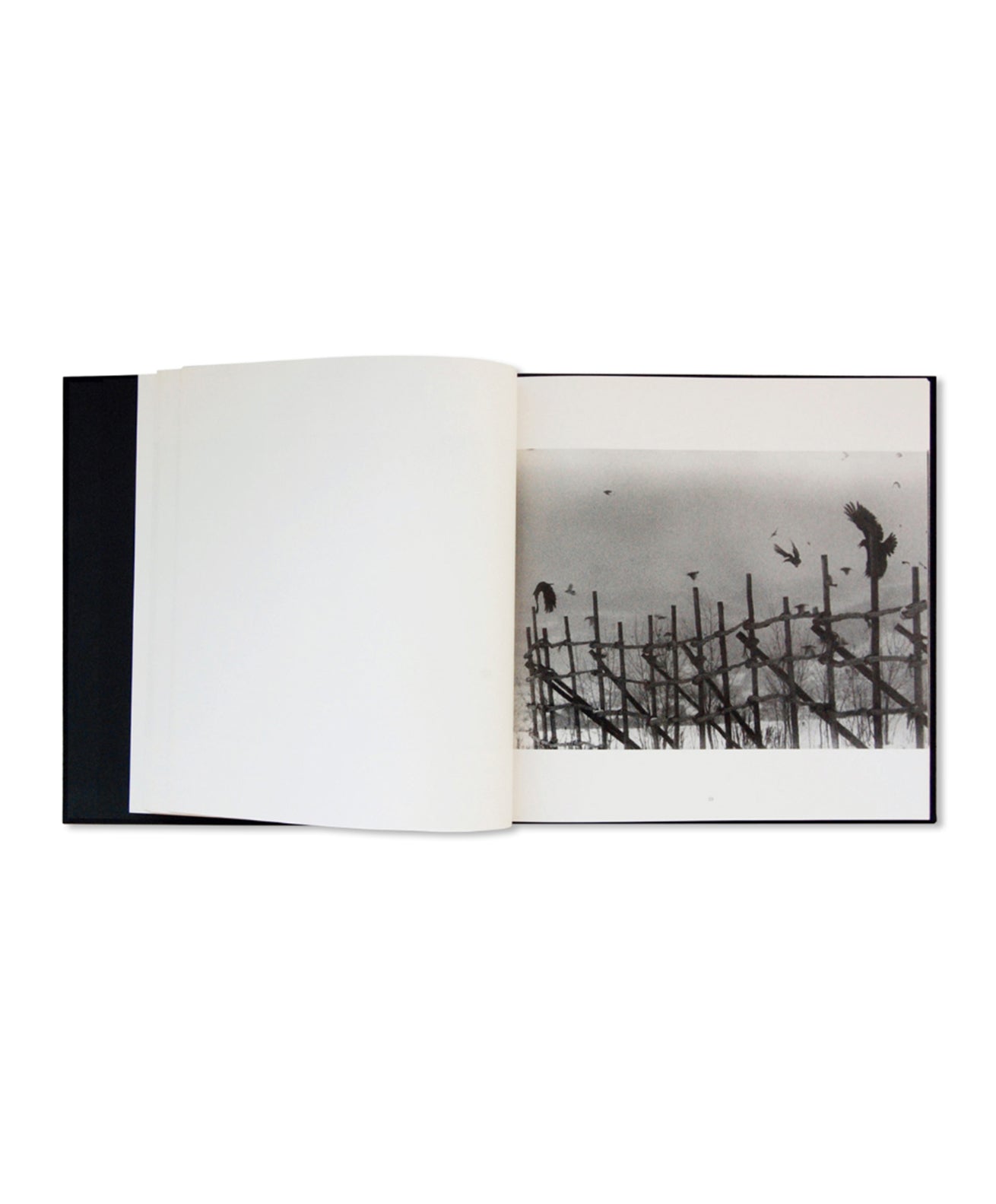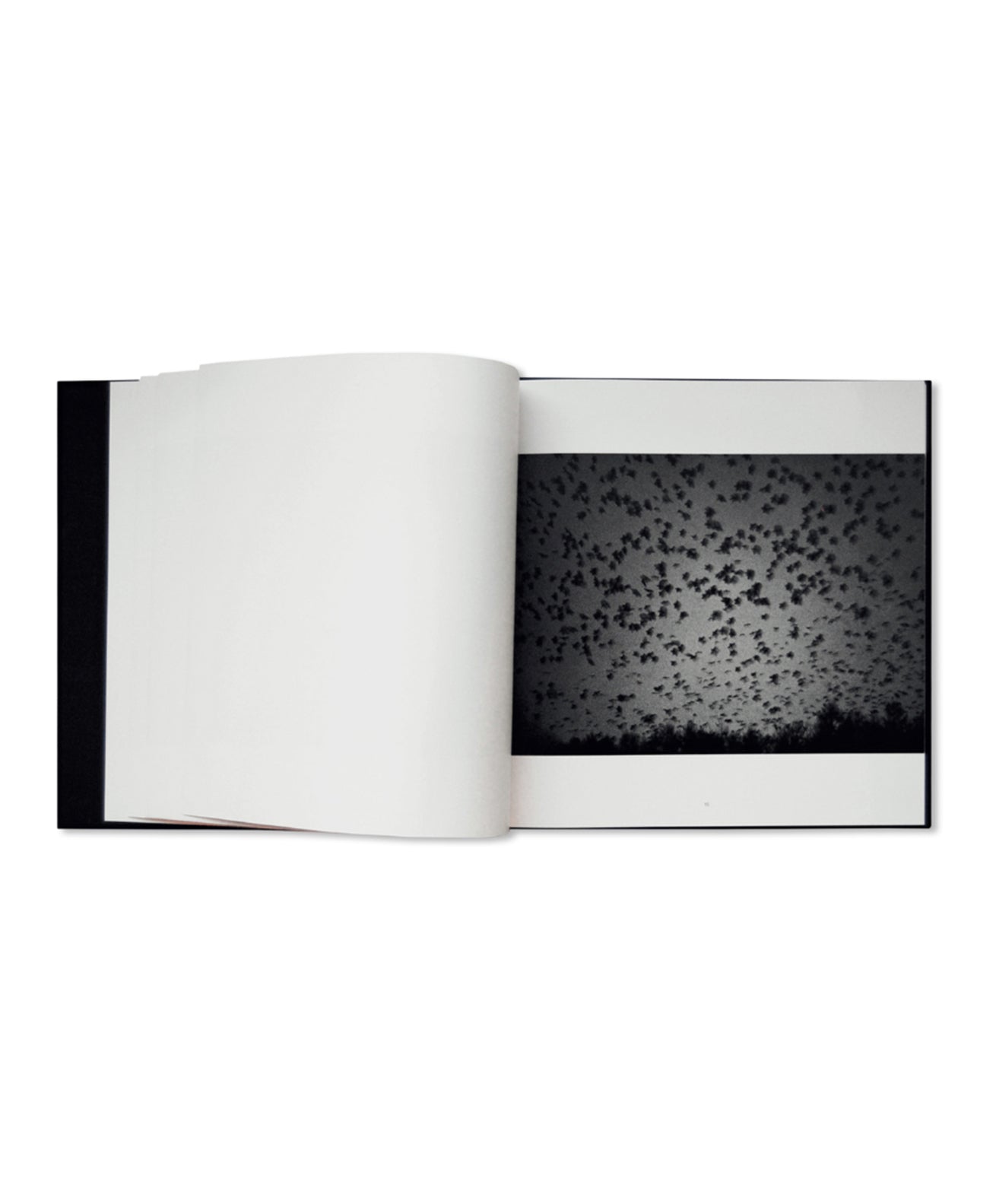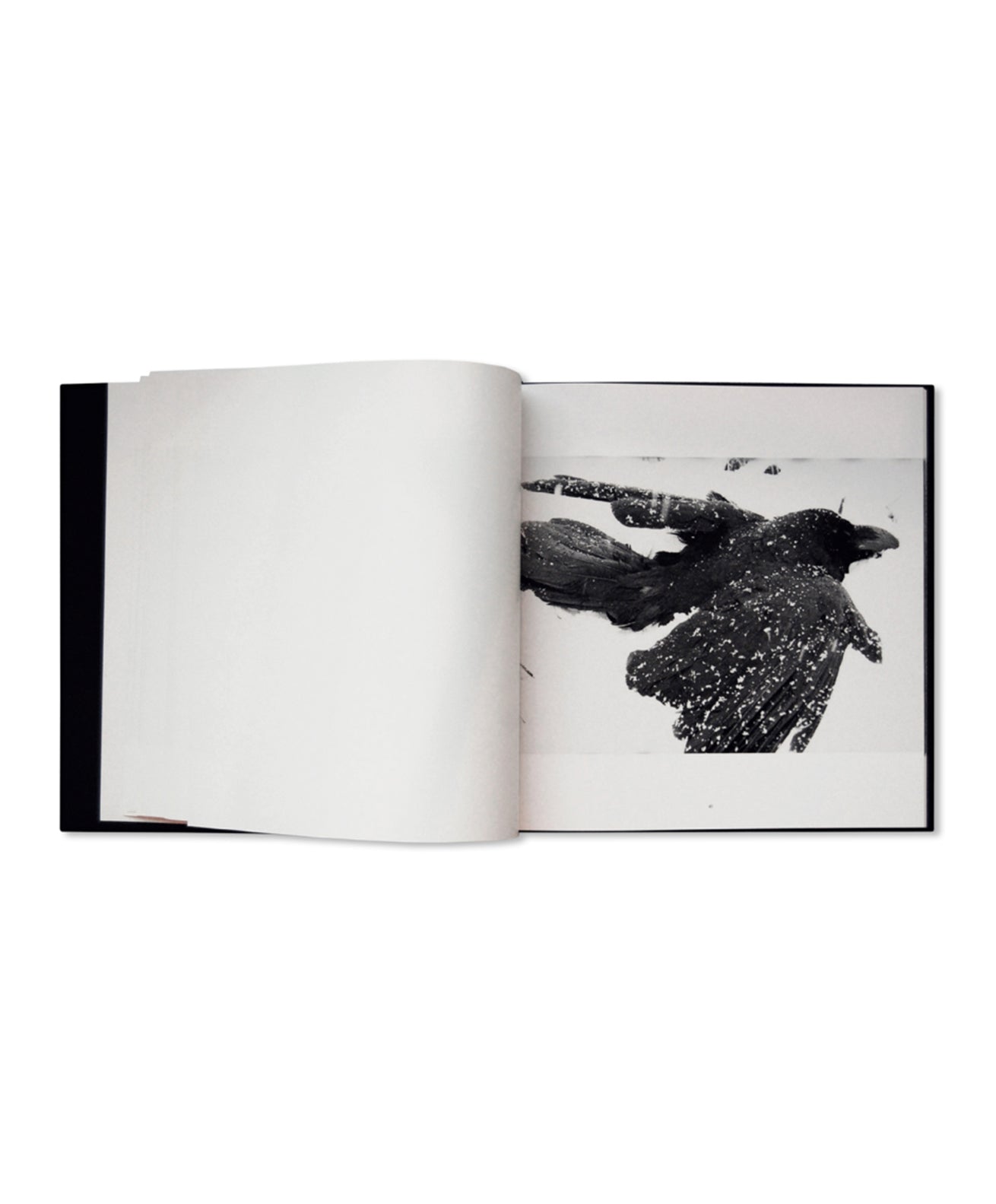Masahisa Fukase - Ravens
Pickup currently unavailable at 1 rue des Minimes
– Default Title
-
1 rue des Minimes
09709759181 Rue des Minimes
75003 Paris
France
Masahisa Fukase
Ravens
Published by MACK, 2017
Size: 26.3 x 26.3 cm
136 Pages
Hardcover
Languages: English, Japanese
Good condition
“Ravens” is one of the major bodies of work in the history of photography and a high point of the photobook genre. This accumulation of distinctions and the passage of time have obscured much of the fascinating detail that explains the artist’s preoccupation with this motif throughout his work. It was not simply a reflection of the existential angst and anhedonia he suffered throughout his life, but manifested as an artistic self-identification with the raven and ultimately resulted in a solitary existence and an artistic practice on the verge of madness. And all this before an untimely accident in 1992, a fall down the stairs of his favorite bar, caused him to spend the last twenty years before his death with his consciousness suspended and in medical isolation. Fukase became the singular raven frozen by his camera and immortalized on the cover of his most famous book.”
-Tomo Kosuga from his essay Cries of Solitude [2017]
Consistently heralded as one of the most important photobooks in the history of the medium, Ravens by Japanese photographer Masahisa Fukase was first published in 1986, and the two subsequent editions were both small print runs that sold out immediately. This new edition features a new text by Tomo Kosuga positioning the body of work within Fukase's work and life, illustrated with numerous newly discovered photographs and drawings. Fukase's haunting series of works was produced between 1975 and 1986 following a divorce and was apparently triggered by a sad train journey back to his hometown. The coastal landscapes of Hokkaido serve as a backdrop for his deeply dark, impressionistic photographs of ominous flocks of crows. The work has been interpreted as an eerie allegory for postwar Japan.
- Distributor's statement
